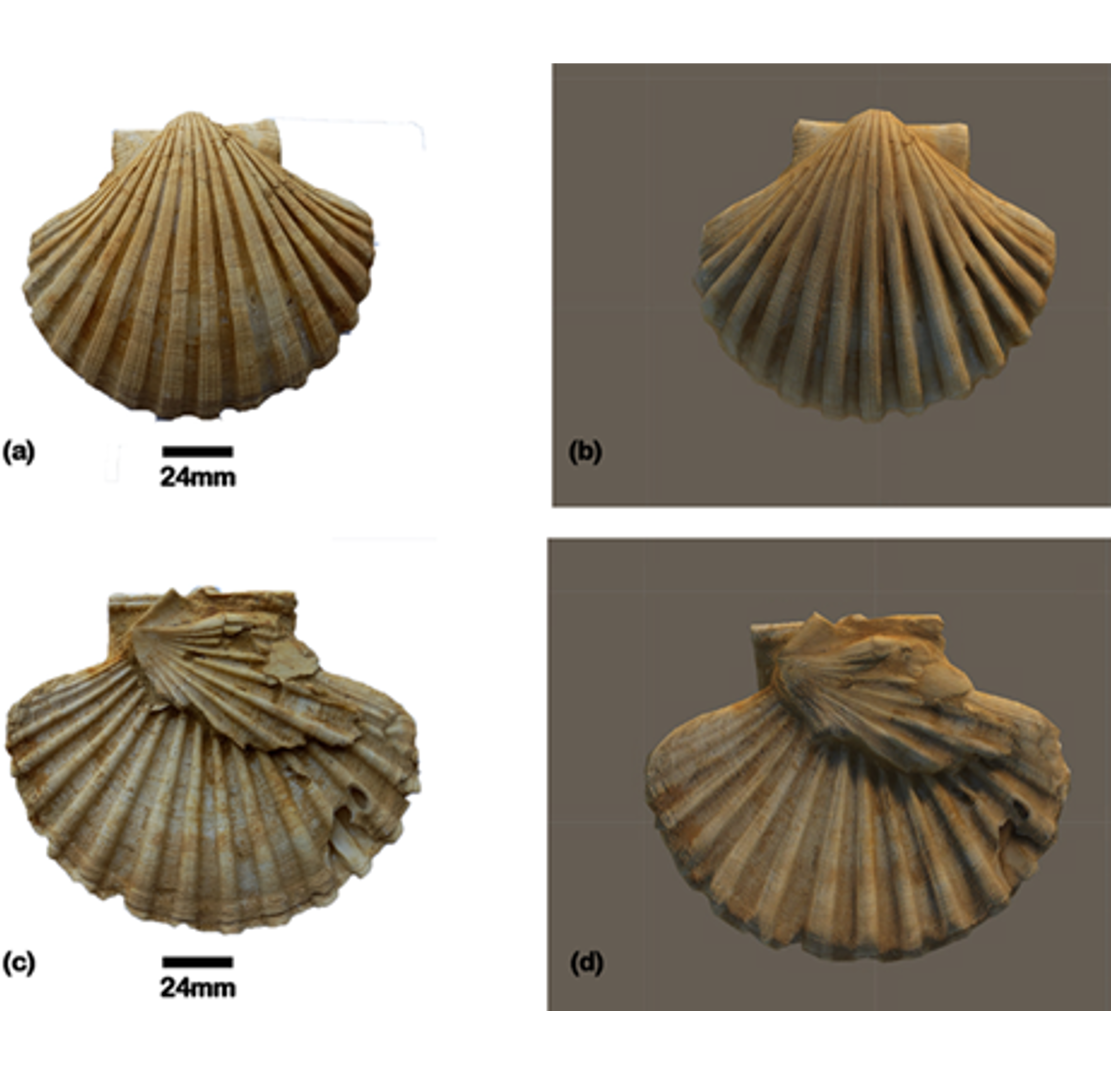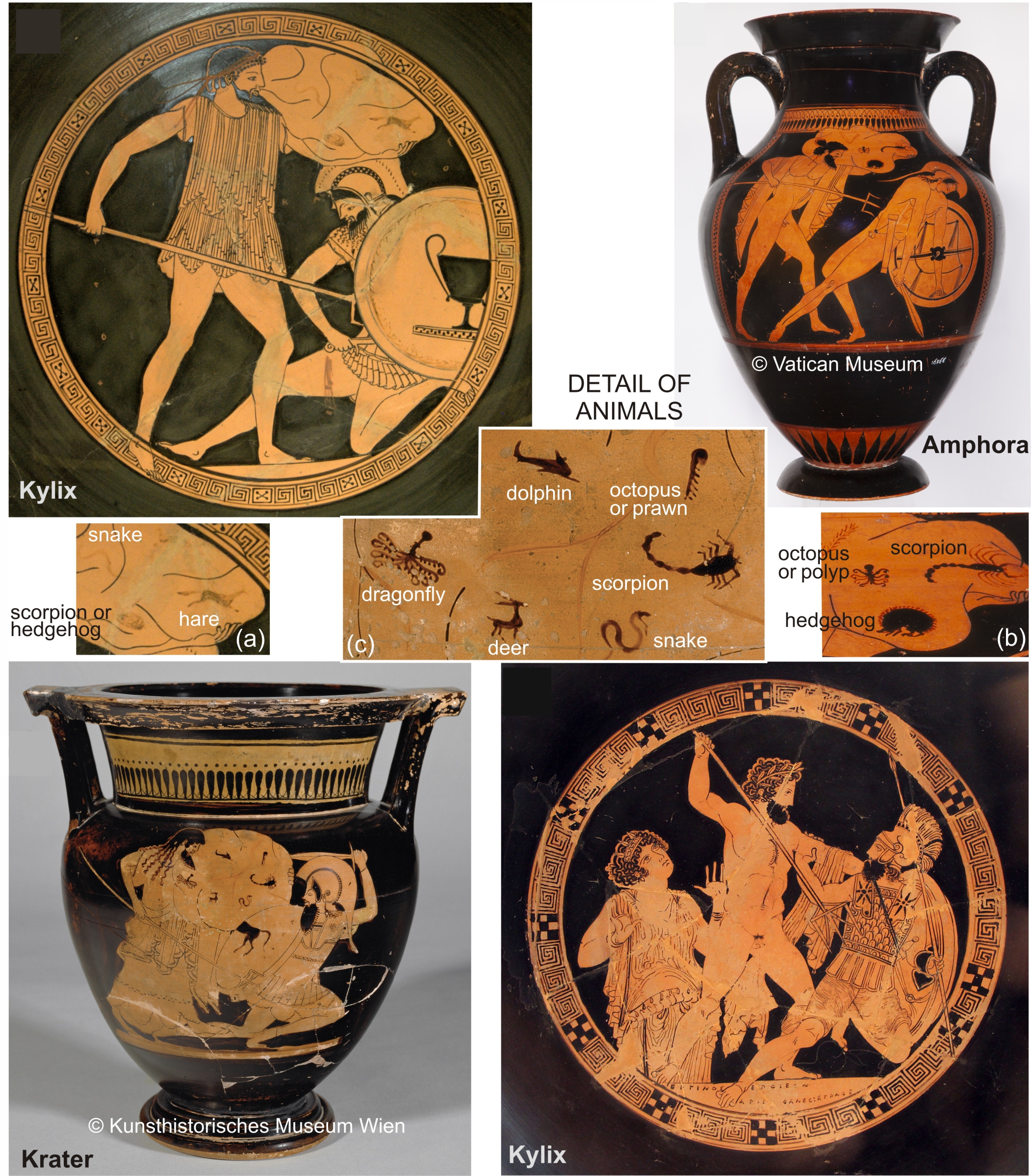Tsunamis versus extreme meteorological waves: Evidence from the 2004 Aegean Sea cyclone in Samos Island

Abstract
In January 2004 a Mediterranean cyclone in the Aegean Sea seriously affected the north coast of Samos Island, damaged the harbour mole of a coastal village, and catapulted its building material along with heavy boulders to the inner harbour basin. This area was also affected by a 2020, magnitude 7.0 earthquake which produced localized tsunamis. The evidence from the 2004 cyclone, with boulders shifted from known positions and with known trajectories, can contribute to the debate for the causes of mobilization of coastal boulders because of storms, tsunamis, or their combination.
Article Details
- How to Cite
-
Stiros, S. (2024). Tsunamis versus extreme meteorological waves: Evidence from the 2004 Aegean Sea cyclone in Samos Island . Bulletin of the Geological Society of Greece, 61(1), 1–9. https://doi.org/10.12681/bgsg.36598
- Section
- Natural Hazards

This work is licensed under a Creative Commons Attribution-NonCommercial 4.0 International License.
Authors who publish with this journal agree to the following terms:
Authors retain copyright and grant the journal right of first publication with the work simultaneously licensed under a Creative Commons Attribution Non-Commercial License that allows others to share the work with an acknowledgement of the work's authorship and initial publication in this journal.
Authors are able to enter into separate, additional contractual arrangements for the non-exclusive distribution of the journal's published version of the work (e.g. post it to an institutional repository or publish it in a book), with an acknowledgement of its initial publication in this journal. Authors are permitted and encouraged to post their work online (preferably in institutional repositories or on their website) prior to and during the submission process, as it can lead to productive exchanges, as well as earlier and greater citation of published work.



